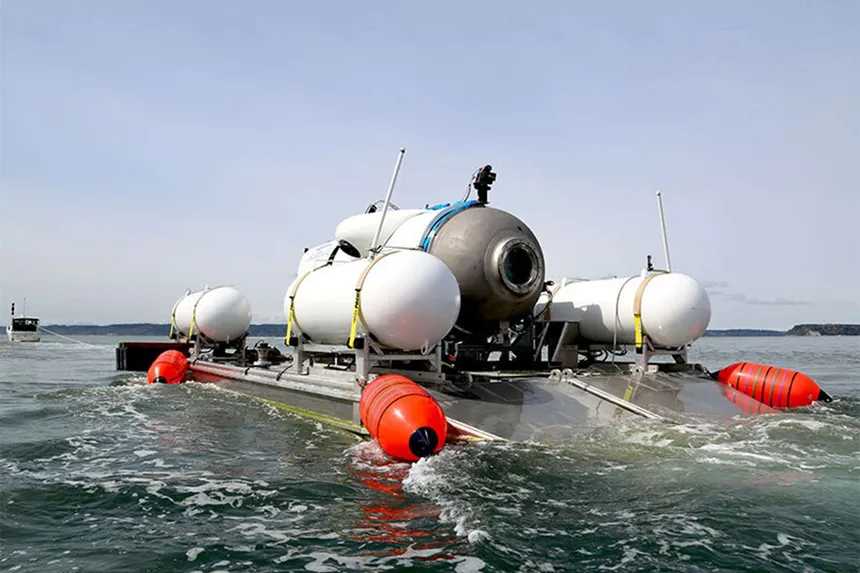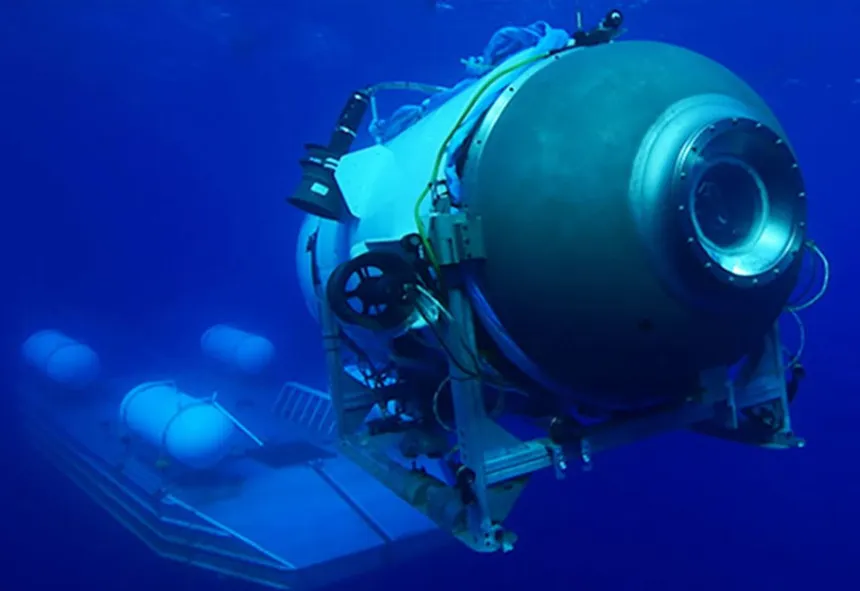The search for the lost Titanic submersible, which went missing on Sunday while on an eight-hour trip to view the shipwreck, has taken a critical turn with the detection of periodic banging sounds in the search area. According to a tweet by the U.S. Coast Guard, a Canadian P-3 aircraft equipped with underwater search technology detected the noises, which have been heard every 30 minutes, prompting ROV operations to be relocated to explore the origin of the sounds. While the searches using ROVs have yielded negative results so far, the data from the P-3 aircraft has been shared with U.S. Navy experts for further analysis, which will be considered in future search plans.
The submersible, operated by OceanGate Expeditions, was carrying five people, including American Stockton Rush, CEO of the company, British billionaire and adventurer Hamish Harding, Pakistani businessman Shahzada Dawood and his son Suleman, and French explorer Paul-Henry Nargeolet. The underwater vehicle only has enough oxygen for about 96 hours, making time of the essence to locate and rescue the occupants.
According to an internal email update shared by Rolling Stone, the P-8 Poseidon aircraft, which has underwater detection capabilities, deployed sonobuoys that reported a contact in a position close to the distress position. The aircraft also heard banging sounds in the area, which were still audible four hours later when additional sonar was deployed. The email does not specify the time when the noises were heard.

Search for Missing Titanic Submersible Intensifies After Detection of Banging Sounds
While locating the submersible would be a major breakthrough, rescue teams will face a significant challenge in bringing it to the surface to rescue the occupants. The occupants’ fate hangs in the balance, with their time running out at an alarming rate. As Stockton Rush described the vehicle in a BBC documentary last year, “People are informed that it’s very dangerous down there.”
The submersible, which is also described as an “experimental sub,” has raised concerns about its design and safety features. In November last year, CBS reporter David Pogue took a trip on the submersible and voiced concerns about certain aspects of its design. The development of a deep-going robotic sub may be the last hope for the survivors, as the possibilities of a successful rescue dwindle with each passing minute.
The search efforts continue, with rescue teams working tirelessly to locate the submersible and bring its occupants to safety. The critical phase of the search has begun, and hopes are pinned on the detection of the banging sounds to lead to a successful rescue operation.









































